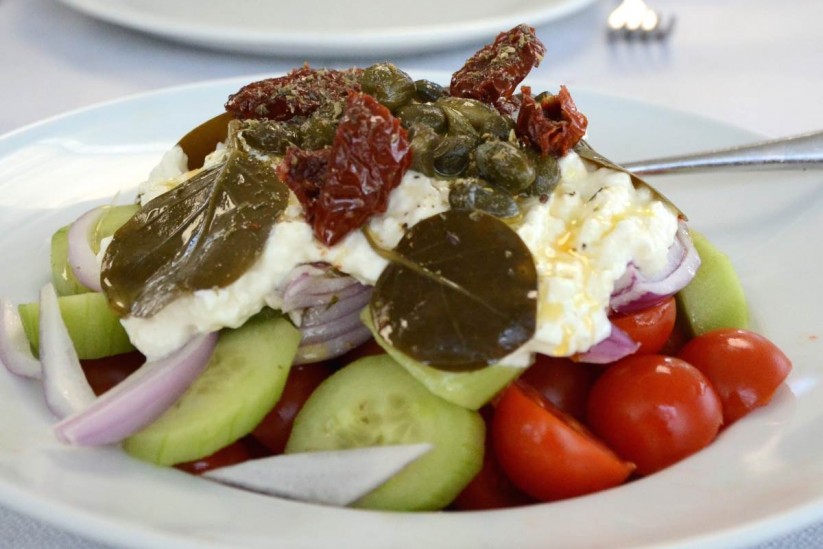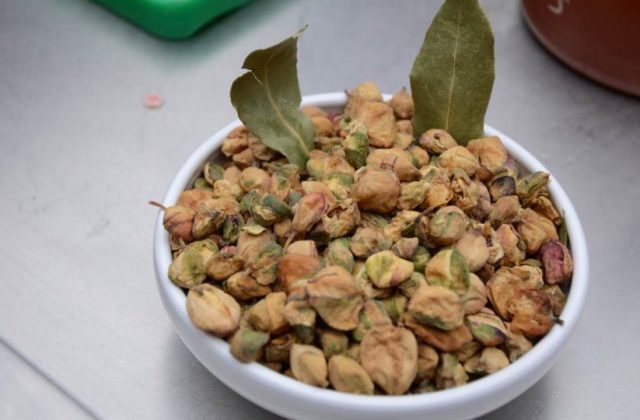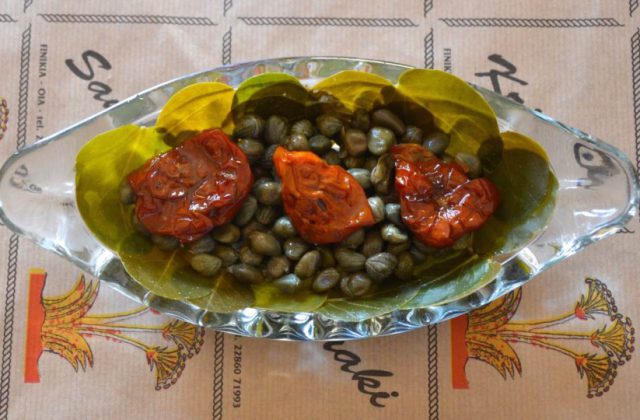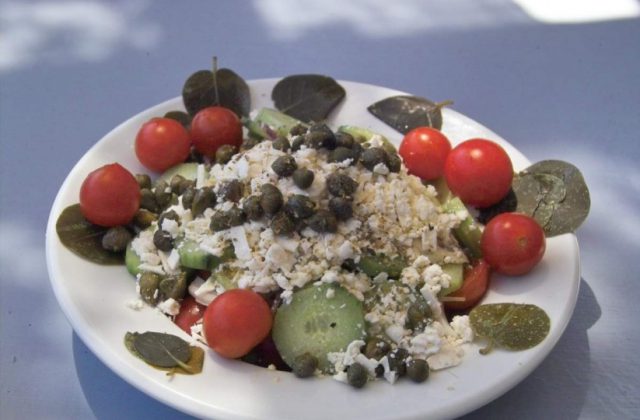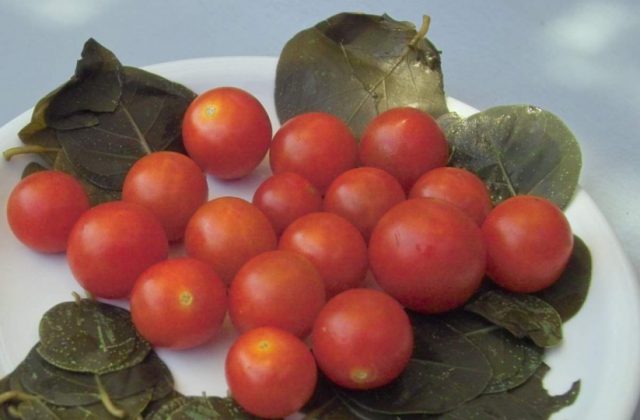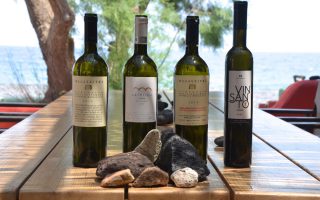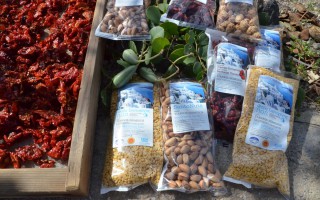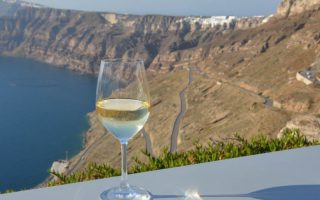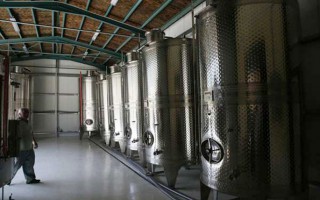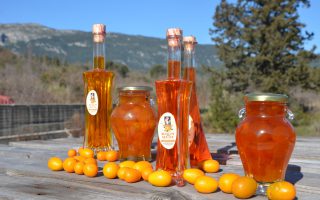On the Aegean islands, particularly the Cyclades, you can find capers (capari, in Greek) growing in the most unexpected spots: sometimes hanging like a chandelier from steep rocks, bursting uninvited through cement and cracks on paved paths growing in courtyards and gardens, or sometimes sprouting from dry-stone walls and abandoned buildings.
A prominent condiment in Byzantine cuisine, capers are an important ingredient in traditional Aegean cooking today. They are used to garnish salads and to contribute their unique aroma and sharp taste to many dishes. Besides being a perfect accompaniment for the famous fava of Santorini, they often appear in stews or tomato sauces to accompany pulses and seafood or fish.
[/su_slider]The small Santorini tomato (ntomataki) is a different species which according to legend was brought from Egypt by Santorini sea captains after delivering Theraic Soil used in opening the Suez canal.
Needing little water, the tomato found Santorini’s conditions ideal for growth, and soon became popular with the farmers on the island. This tomato and its leaves capture moisture from the mist that covers the whole island on summer evenings, while extracting the maximum of nutrients from the arid volcanic earth, salts and trace elements. All this combined to produce “The red queen” with its special aroma and unique sweet taste.
Μore at Greek Gastronomy Guide…
Source: Greek Gastronomy Guide

